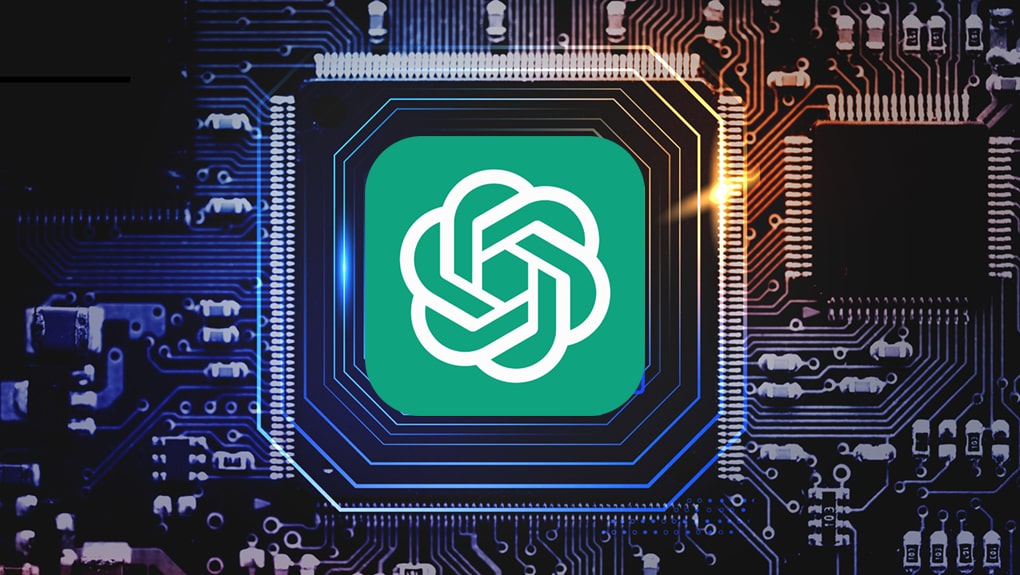|
Getting your Trinity Audio player ready...
|

In recent years, artificial intelligence (AI) has made significant strides, revolutionizing various industries and aspects of daily life. Among the plethora of AI models available, ChatGPT stands out as a leading choice for its exceptional capabilities and versatility. In this comprehensive analysis, we delve into what sets ChatGPT apart, its applications across different domains, inherent capabilities, limitations, and the exciting prospects that lie ahead for its development and evolution.
What Distinguishes ChatGPT as the Leading Choice Among Various AI Models?
ChatGPT’s superiority among AI models stems from its exceptional ability to understand and generate human-like text. This proficiency arises from its architecture, which is based on the Transformer model, known for its effectiveness in capturing long-range dependencies in sequences. Additionally, ChatGPT leverages vast amounts of pretraining data, enabling it to grasp the intricacies of language with remarkable accuracy.
One of the key distinguishing features of ChatGPT is its versatility. Unlike specialized AI models designed for specific tasks, ChatGPT can adapt to a wide range of applications. Whether it’s engaging in casual conversation, assisting with complex problem-solving, or generating creative content, ChatGPT excels across various domains, making it a highly versatile choice for businesses and developers alike.
Furthermore, ChatGPT’s scalability is another factor that sets it apart. With different versions available, ranging from smaller models suitable for resource-constrained environments to larger, more powerful variants capable of handling complex tasks, ChatGPT offers flexibility to accommodate diverse application requirements.
What Constitutes a Prompt in the Context of ChatGPT?
In the context of ChatGPT, a prompt serves as the input provided to the model to initiate a conversation or generate a response. This prompt can take various forms, such as a question, a statement, or a set of instructions. The effectiveness of the prompt lies in its ability to convey the desired context or topic to ChatGPT, guiding the model in producing relevant and coherent output.
A well-crafted prompt should be clear, specific, and engaging. It should provide sufficient information or context to help ChatGPT understand the user’s intent and generate appropriate responses. Additionally, prompts should be free from biases or leading language that may influence ChatGPT’s output, ensuring unbiased and accurate responses.
What Methods Should Be Employed to Craft an Effective Prompt for Optimal Results?
Crafting an effective prompt requires careful consideration of several factors:
- Clarity: The prompt should clearly communicate the desired topic or context to ChatGPT, avoiding ambiguity or confusion.
- Specificity: Provide detailed information or instructions within the prompt to guide ChatGPT in generating precise and relevant responses.
- Engagement: Incorporate elements that encourage ChatGPT to produce engaging and informative content, such as open-ended questions or prompts that stimulate creativity.
- Avoidance of Bias: Ensure that the prompt is neutral and free from biases or leading language that may influence ChatGPT’s responses, promoting fairness and accuracy in the generated output.
By adhering to these principles, developers and users can craft prompts that elicit optimal results from ChatGPT, enhancing the overall user experience and utility of the model.
In What Domains and Environments Does ChatGPT Exhibit Its Most Effective Applications?
ChatGPT’s effectiveness extends across various domains and environments, including:
- Customer Service: ChatGPT can serve as a virtual assistant, handling customer queries, providing support, and offering personalized assistance. Its ability to understand natural language enables seamless interactions with customers, enhancing the efficiency and responsiveness of customer service operations.
- Education: In educational settings, ChatGPT can act as a virtual tutor, providing explanations, answering questions, and facilitating interactive learning experiences. Its versatility allows it to assist students with a wide range of subjects and topics, supplementing traditional teaching methods with personalized guidance and support.
- Content Creation: ChatGPT aids content creators by generating ideas, drafting articles, and refining writing style. Its ability to generate human-like text enables creators to streamline the content creation process, saving time and effort while maintaining quality and consistency in their output.
- Healthcare: In healthcare settings, ChatGPT can assist with patient communication, medical documentation, and research. Its natural language processing capabilities facilitate clear and effective communication between healthcare professionals and patients, improving patient satisfaction and healthcare outcomes.
What Are the Inherent Capabilities That ChatGPT Lacks?
Despite its impressive capabilities, ChatGPT has certain limitations:
- Common Sense Reasoning: ChatGPT may struggle with tasks requiring common sense reasoning or contextual understanding beyond the provided prompt. While it can generate coherent responses based on the information provided, it may lack the ability to infer implicit knowledge or make intuitive judgments in certain situations.
- Domain-Specific Knowledge: Without access to specific databases or domain expertise, ChatGPT may produce inaccurate or incomplete responses in specialised fields. While it can leverage its general knowledge and understanding of language to generate responses, it may lack the depth of expertise required for highly specialized tasks or industries.
- Ethical Considerations: ChatGPT lacks ethical reasoning and may generate inappropriate or biased content without proper guidance. While efforts are made to mitigate bias and promote the responsible use of AI, ChatGPT’s responses may still reflect underlying biases present in the training data or societal norms.
What Constraints or Boundaries Define the Limitations of ChatGPT?
ChatGPT operates within certain constraints and boundaries:
- Data Dependency: The quality and diversity of training data significantly influence ChatGPT’s performance and may limit its ability to generate accurate responses in certain contexts. While efforts are made to curate diverse and representative training data, ChatGPT’s performance may still be constrained by data availability and quality.
- Response Length: ChatGPT’s responses are typically constrained by a maximum length limit, which can affect the depth and complexity of generated content. While it can generate coherent responses within these constraints, longer or more complex prompts may require multiple iterations or additional processing to generate satisfactory output.
- Language Fluency: While ChatGPT excels in English language processing, its fluency in other languages may vary. While efforts are made to extend ChatGPT’s language capabilities to other languages, its performance may be affected by the availability of training data and linguistic differences between languages.
What Prospects Lie Ahead for the Development and Evolution of ChatGPT?
The future development and evolution of ChatGPT hold promising prospects:
- Enhanced Capabilities: Continued research and development efforts aim to improve ChatGPT’s capabilities, including a better understanding of context, enhanced multiturn conversations, and support for additional languages. By leveraging advancements in machine learning and natural language processing, ChatGPT can further expand its utility and effectiveness across various domains and applications.
- Ethical AI: Addressing ethical considerations and bias mitigation techniques will be pivotal in ensuring ChatGPT’s responsible and ethical use across diverse applications. By promoting transparency, fairness, and accountability in AI development and deployment, ChatGPT can mitigate potential risks and foster trust among users and stakeholders.
- Domain-Specific Applications: Tailoring ChatGPT for specific domains and industries through fine-tuning and customization will expand its utility and effectiveness in specialized fields. By incorporating domain-specific knowledge and expertise, ChatGPT can provide more accurate and relevant responses, enhancing its value proposition for businesses and organizations operating in diverse sectors.
- Human-AI Collaboration: ChatGPT’s evolution will likely involve closer integration with human users, facilitating seamless collaboration and augmenting human capabilities in various tasks. By leveraging the complementary strengths of humans and AI, ChatGPT can enhance productivity, creativity, and innovation across a wide range of applications and domains.
To wrap up, ChatGPT stands out as a leading choice among AI models, offering advanced natural language processing capabilities, versatility, and scalability. While it possesses remarkable strengths, it also has inherent limitations and boundaries. Nevertheless, with ongoing research and development efforts, the future of ChatGPT holds immense potential for further advancement, ethical use, and impactful applications across diverse domains.




